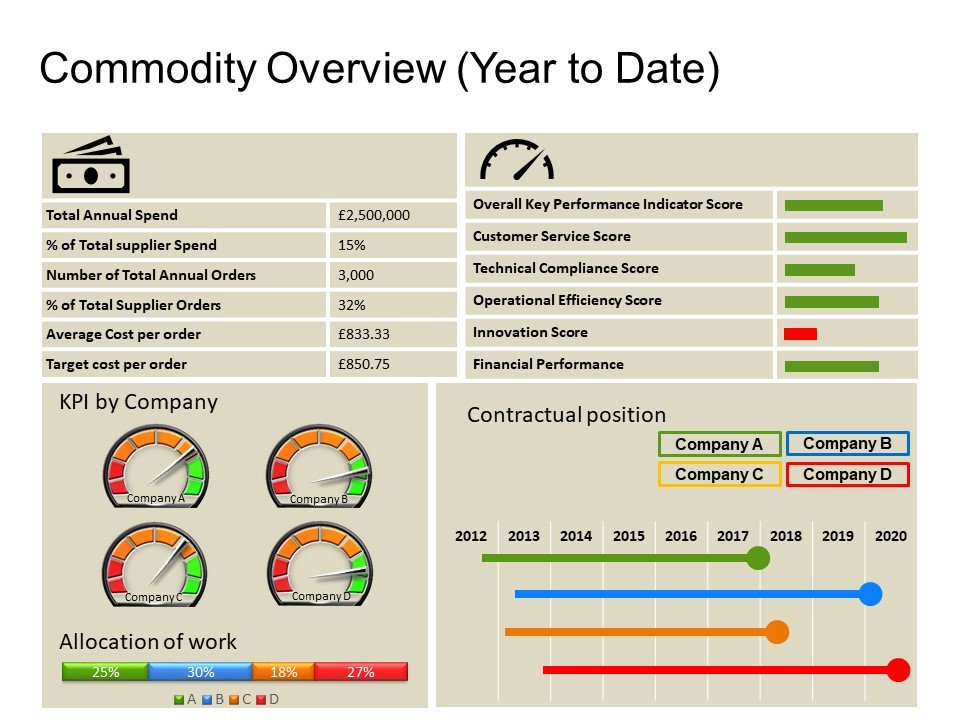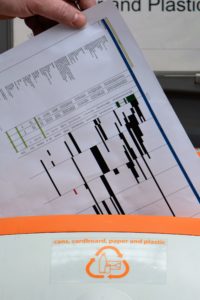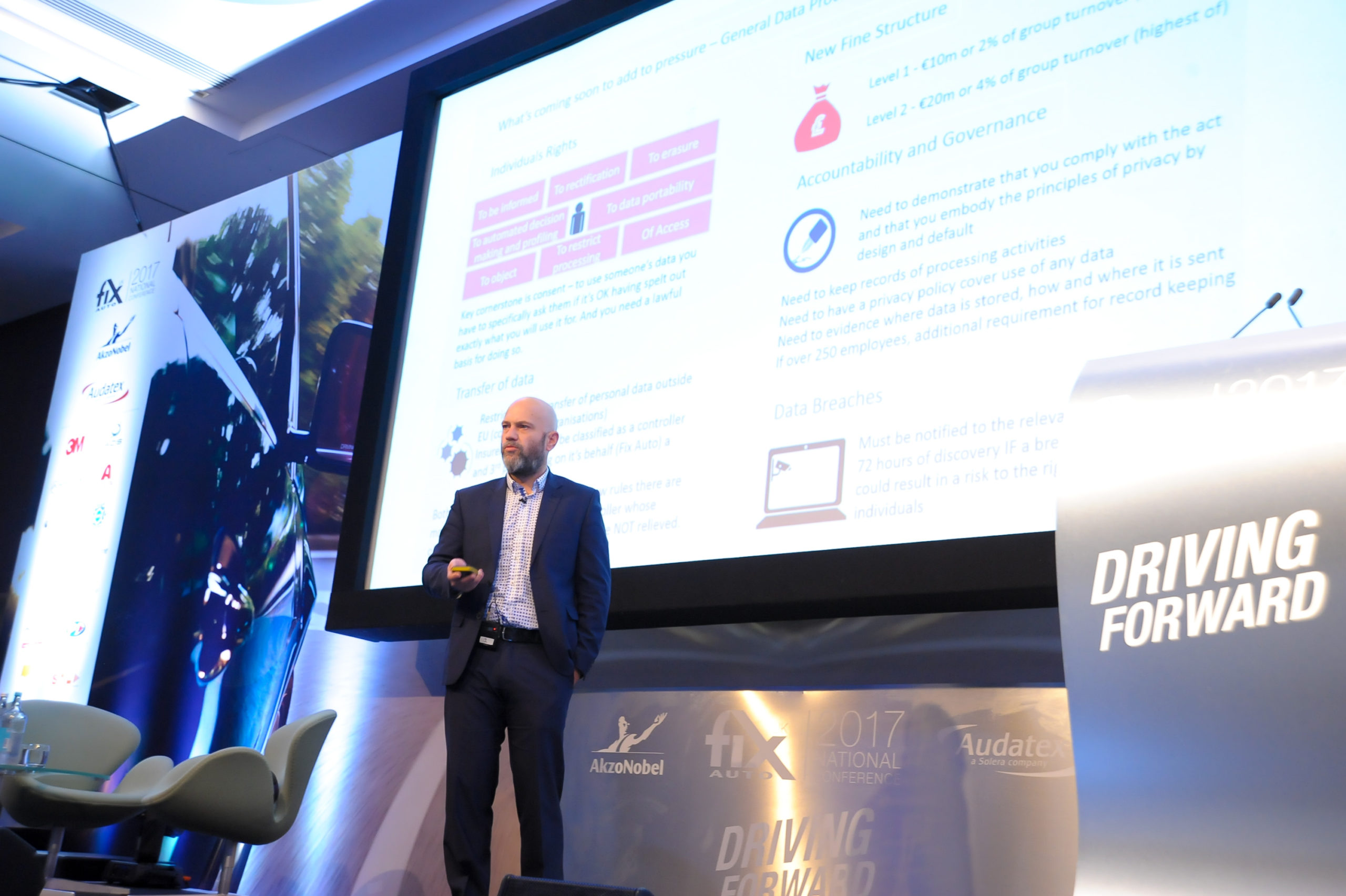
Artificial intelligence (AI) is revolutionizing many aspects of business, but there are still some tasks where human expertise reigns supreme. One such area? Crafting impactful timelines for presentations, especially those crucial business presentations.
While AI has made strides in data analysis and presentation creation, a compelling business timeline requires more than just facts and dates. Here’s why AI isn’t quite ready to replace your design team when it comes to timelines:
- Understanding Context: A great business timeline isn’t just a dry list of events. It tells a story, highlighting key milestones and their impact. AI may struggle to grasp the nuances of your specific business goals and audience, making it difficult to tailor the timeline for maximum impact.
- Visual Storytelling: A well-designed timeline uses visuals to enhance the narrative. Charts, icons, and color-coding can make complex information digestible. While AI can generate basic visuals, it may lack the creative spark to truly capture your audience’s attention.
- Tailoring the Message: Business presentations cater to different audiences. A presentation for investors might emphasize financial milestones, while one for internal teams might focus on product development. AI might struggle to adapt the timeline’s content and presentation style to resonate with the specific audience.
- Human Touch and Refinement: The best presentations often involve a back-and-forth between presenter and designer. Human designers can translate feedback and revise the timeline to better suit the speaker’s needs. AI, while constantly learning, currently lacks this level of iterative refinement.
The AI Advantage: A Powerful Ally
This isn’t to say AI has no role to play. AI can be a powerful tool in creating timelines. Here’s how:
- Data Gathering: AI can scour vast amounts of data to identify key milestones and dates. This saves you time and ensures you haven’t missed any crucial events.
- Template Selection: AI can suggest pre-designed timeline templates based on your industry or presentation type. This gives you a solid foundation to build upon.
- Content Curation: AI can help gather relevant text snippets and data points to populate your timeline.
The Takeaway: Collaboration is Key
While AI can’t replace the human touch when it comes to crafting impactful business timelines, it can be a valuable asset. The future likely lies in collaboration: AI powering the data analysis and groundwork, while human designers add the creative spark and strategic storytelling necessary to hold your audience captive.
So, don’t ditch your designer just yet. But keep an eye on AI – it’s a powerful tool that will continue to evolve, potentially becoming a stronger partner in building those winning business presentations.
Whilst you are waiting for AI to catch up, why not start here https://business-docs.co.uk/downloads/business-roadmap-template/?highlight=roadmap





